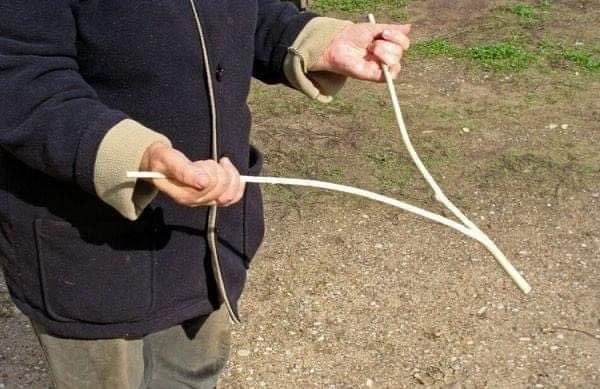The fast transforms the planet in ways older generations would find incomprehensible as technology advances. These developments all show human adaptability and society’s advancement, so generating opportunities as well as problems for the future. New generations simultaneously grow increasingly far from the kind of life their parents and even grandparents knew.
Fascinating is the growing internet fad asking from the online communities to name “strange” and “unusual” artifacts once used by our ancestors. Sometimes these objects wind up in basements and attics, left there to serve as a reminder of times probably never to return.

Most lately, we came onto something quite intriguing that caught our eye. Driven to find more about it, we have also sought assistance from netizens.
The object in issue seems like an ordinary, aged tree branch, Y shaped but otherwise somewhat uninteresting.
As it happens, this odd device originated in the 1500s. Among various names, “Water Dowsing,” the most often used one, “diviner,” “doodlebug,” “well witch,” or “water-finder.”
Regarding the intended use, the name alone says it clearly: to find water!

It is used by holding both ends of the Y-shaped stick in each hand, with palms facing upward. The bottom point where the two branches meet is tilted toward the ground at a 45-degree angle.
As the person holding it walks back and forth, they are believed to sense vibrations at the tip of the Y, indicating the presence of water underground.
Originally, in the 1500s, dowsing with metal rods was a technique for locating metals in the ground. Later, people adapted this method to find water sources for new rural homeowners.
To learn more about dowsing check out the video below.



